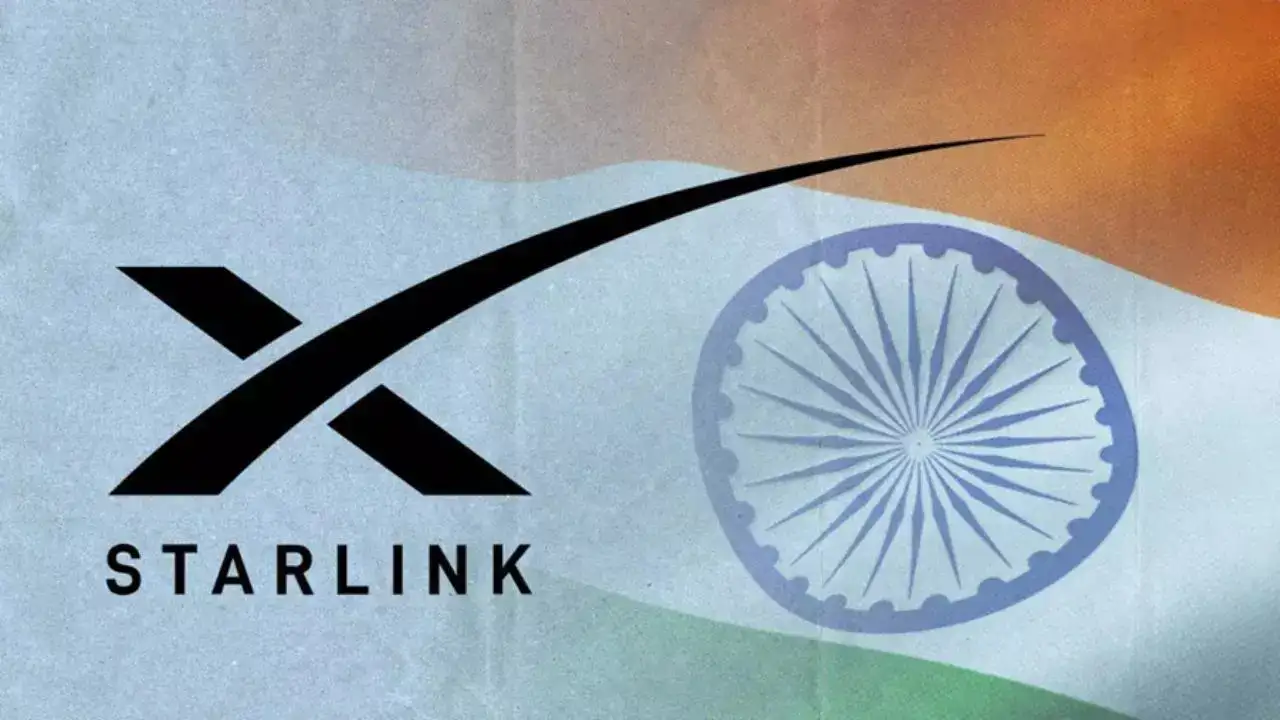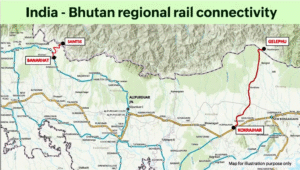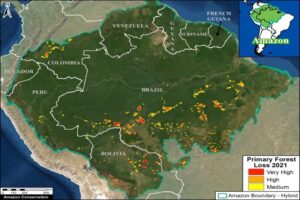
Starlink Gets Green Light in India – Revolutionizing Satellite Internet Access
best online coaching for CLAT, online coaching for CLAT, CLAT Current Affairs 2026, Current Affairs 2026
Why in News:
On July 9, 2025, Elon Musk-owned Starlink received its final regulatory clearance from the Indian government to begin offering satellite-based broadband services in India. After a three-year approval journey, this milestone marks a significant development in India’s digital infrastructure landscape, especially in rural and remote areas.
The development is crucial for CLAT 2026 aspirants as it merges themes of technology law, telecommunication regulations, policy, and business law—key domains of general awareness and current affairs for the exam.
Introduction:
Starlink, operated by SpaceX, has gained final approval to launch commercial operations in India using its constellation of Low Earth Orbit (LEO) satellites. With over 4,000 satellites already in orbit, Starlink is poised to deliver high-speed, reliable internet to underserved regions.
This approval comes amidst increasing global demand for digital equity, universal internet access, and cyber-regulatory frameworks. It also introduces new players into India’s already competitive telecom sector, raising regulatory and legal considerations under Telecom Policy, spectrum allocation, and digital infrastructure laws.
Point-wise Summary:
- Regulatory Milestone for Starlink
- Final clearance was granted by the IN-SPACe (Indian National Space Promotion and Authorisation Centre) on July 9, 2025.
- In May 2025, the Department of Telecommunications (DoT) had already issued the operator license to Starlink after a 3-year wait.
- Starlink can now legally begin services in India.
- What Starlink Offers
- Starlink uses satellite constellations in Low Earth Orbit (LEO) to provide broadband internet.
- This is different from traditional broadband (fiber/cable), as it doesn’t require extensive ground infrastructure.
- Starlink operates the world’s largest satellite constellation, with over 7,000 satellites currently in orbit.
- Benefits of Starlink’s Services
- Can reach remote, mountainous, and underserved rural areas.
- Provides high-speed connectivity in regions where fiber optics are difficult to install.
- Useful in disaster zones, border areas, or conflict-affected zones where terrestrial networks fail.
- IN-SPACe Authorisation Terms
- Starlink has been authorized for a 5-year period from the date of commercial rollout or government order—whichever is earlier.
- Roll-out is subject to compliance with spectrum policies, data privacy laws, and other regulatory mandates.
- Competition in the Market
- Starlink will compete with Reliance Jio, Bharti Airtel (OneWeb), and other telecom operators.
- While Starlink lobbied for direct administrative allocation of spectrum, the government opted for a transparent auction process.
- The Ka-band spectrum, used for satellite broadband, is tightly packed and technically complex to allocate.
- Target Audience: Remote and Urban Marginal Users
- Starlink aims to serve:
- Unserved rural populations
- Low-density urban pockets
- Institutions needing reliable internet backup
- Broader Policy Push for Satcom in India
- In May, DoT released satellite communication guidelines to:
- Simplify licensing.
- Encourage domestic satellite manufacturing.
- Promote Make-in-India in satellite tech.
- Block unapproved foreign operators.
- Law enforcement agencies are also being consulted to ensure cybersecurity compliance.
- Strategic Significance
- Starlink enhances India’s digital goals under Digital India and BharatNet.
- Provides backup communication channels in emergency situations, defense sectors, and border zones.
- Enables India to diversify its digital infrastructure away from solely ground-based networks.
Notes: Explanation of Key Terms
Term | Explanation |
Starlink | A satellite internet constellation operated by SpaceX, providing high-speed broadband globally via LEO satellites. |
IN-SPACe | Indian National Space Promotion and Authorisation Centre – the government body that regulates private sector participation in space. |
Low Earth Orbit (LEO) | A region of space 500–2,000 km above Earth; preferred for communication satellites due to low latency. |
Operator Licence | A formal approval from the Department of Telecommunications (DoT) permitting telecom operations in India. |
Spectrum Allocation | The process of assigning radio frequency bands to telecom operators for communication services. |
Administrative Allocation vs Auction | Allocation via government decision (often for public service) vs competitive bidding by companies. |
CLAT-Focused Analysis
- Legal Relevance: Telecommunications and Spectrum Laws
- The case involves licensing and regulatory oversight, which are governed by the Indian Telegraph Act, 1885, and Telecom Regulatory Authority of India Act, 1997.
- Spectrum allocation is a scarce public resource, often debated under Article 39(b) of the Constitution (Directive Principles of State Policy).
- CLAT Reading and Legal Reasoning
- The themes in this news—public interest vs commercial competition, technology regulation, and cyber law—can appear in passage-based questions.
- Possible questions:
- Should spectrum be auctioned or allocated freely to improve rural access?
- Can satellite operators be held liable for data breaches under Indian law?
- Ethics and Policy
- Starlink’s entry raises important questions:
- Who gets priority—market players or the underserved?
- How do we balance innovation with regulation?
- These are topics ripe for CLAT essay writing and GDPI if you’re targeting NLU post-exam interviews.
Conclusion:
The regulatory clearance to Starlink marks a transformative moment in India’s digital journey. For a country where last-mile connectivity remains a challenge, especially in tribal, hilly, or conflict-prone zones, satellite internet offers a lifeline.
However, the development also reopens crucial legal and ethical debates over spectrum policy, competition law, cybersecurity, and data governance.
As India integrates into a future of space-based internet, legal and policy frameworks must evolve to safeguard national interest while promoting innovation and global collaboration.




